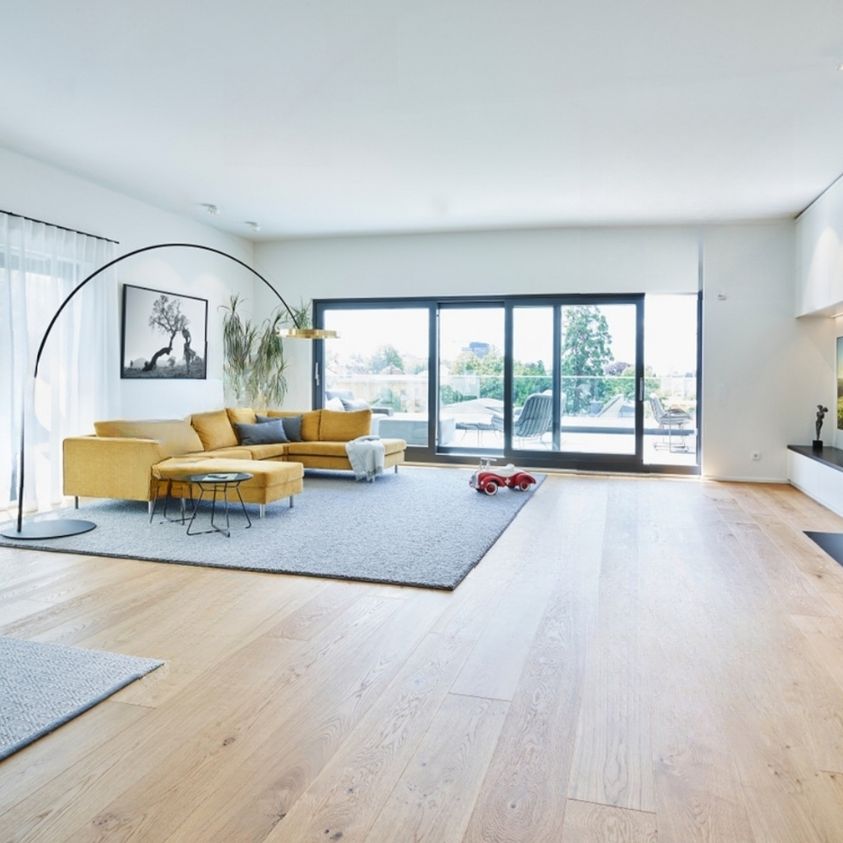In the ever-evolving world of interior design, where trends come and go, there is something enduring about traditional interior design. Rooted in history, classic aesthetics, and a deep appreciation for craftsmanship, traditional design transcends time. It embodies a sense of refinement, comfort, and elegance that continues to captivate homeowners and designers alike. In this exploration of the timeless appeal of traditional interior design, we’ll delve into the key elements, characteristics, and the enduring charm that has made it a beloved choice for generations.
Embracing the Classic: Elements of Traditional Interior Design
Time-Honored Furnishings
Traditional interior design is characterized by the use of classic furniture pieces with timeless appeal. Think of wingback chairs, roll-arm sofas, and Queen Anne or Chippendale-style furniture. These pieces often feature detailed woodwork, soft curves, and rich upholstery in luxurious materials like leather or velvet.
Rich and Warm Color Palette
Traditional interiors embrace a warm and inviting color palette. Earthy tones such as deep reds, golds, greens, and warm neutrals dominate the scene. These colors create a cozy and inviting atmosphere that feels like home.
Ornate Details
Traditional design celebrates intricate details. This can be seen in the intricate carvings on wooden furniture, moldings, wainscoting, and decorative trim. These details add depth and interest to the space.
Formal Layout
Traditional interiors often follow a formal layout, with a clear sense of symmetry and balance. This layout creates a sense of order and elegance, with furnishings and decor carefully arranged to create a harmonious look.
Classic Patterns
Traditional design frequently features classic patterns, such as damask, floral, and plaid. These patterns can be found on upholstery, draperies, and wallpaper, adding a sense of nostalgia and sophistication.
Antique and Vintage Pieces
The inclusion of antique or vintage items is a hallmark of traditional interior design. These pieces bring history and character to the space, connecting it to the past.
Quality Materials
Traditional design values the use of high-quality materials. Furniture is often crafted from solid wood, and textiles are selected for their durability and luxurious feel.
The Timeless Appeal of Traditional Interior Design
Comfort and Coziness
Traditional interior design prioritizes comfort above all else. The plush upholstery, soft textures, and warm color palette create an inviting and cozy atmosphere. It’s a design style that makes you want to curl up with a good book by the fireplace or linger at the dining table after a delicious meal.
Enduring Elegance
Traditional design is synonymous with elegance. It’s the type of interior that welcomes guests with a sense of grandeur and sophistication. The classic furnishings and attention to detail exude a timeless and enduring charm that never goes out of style.
A Connection to History
Traditional design pays homage to the past. It celebrates craftsmanship and the artistry of bygone eras. Antique and vintage pieces provide a direct link to history, and this connection can be comforting and meaningful for homeowners.
Versatile and Adaptable
Traditional interior design isn’t confined to a specific time period or culture. It can be adapted to suit different tastes and preferences. Whether you lean toward classic European, American, or even Asian influences, traditional design can be tailored to reflect your personal style.
Time-Tested Design Principles
Traditional design is grounded in timeless design principles. These principles, such as balance, symmetry, and proportion, have been perfected over centuries. They create interiors that are visually pleasing and harmonious.
A Sense of Continuity
Traditional design provides a sense of continuity. In a world where trends come and go, traditional interiors remain steadfast and enduring. This can be reassuring and comforting, especially in a home where you want a sense of stability and consistency.
Personalization and Individuality
Traditional design is not a one-size-fits-all approach. Homeowners have the freedom to add their own personal touches and individuality to the space. Whether it’s through the choice of artwork, heirlooms, or the arrangement of furniture, traditional design allows for personalization within its classic framework.
Tips for Incorporating Traditional Design in Your Home
If you’re drawn to the timeless appeal of traditional interior designing, here are some tips for incorporating it into your own home:
Start with a Neutral Foundation
Begin with a neutral color palette for your walls and larger furniture pieces. Creams, beiges, and soft grays create an ideal backdrop for traditional design.
Invest in Quality Furniture
Traditional design is built on quality craftsmanship. Invest in well-made, classic furniture pieces that will stand the test of time.
Embrace Classic Patterns
Incorporate classic patterns in your upholstery, draperies, and decor. Damask, toile, and plaid can add a traditional touch to your space.
Pay Attention to Detail
Add architectural details like wainscoting, crown molding, and decorative trim to create a sense of elegance and sophistication.
Mix Antiques with Modern Pieces
Blend antique or vintage pieces with modern elements to create a dynamic and eclectic interior.

